Home>Home Appliances>Bathroom Appliances>When Was The Electric Toothbrush Invented
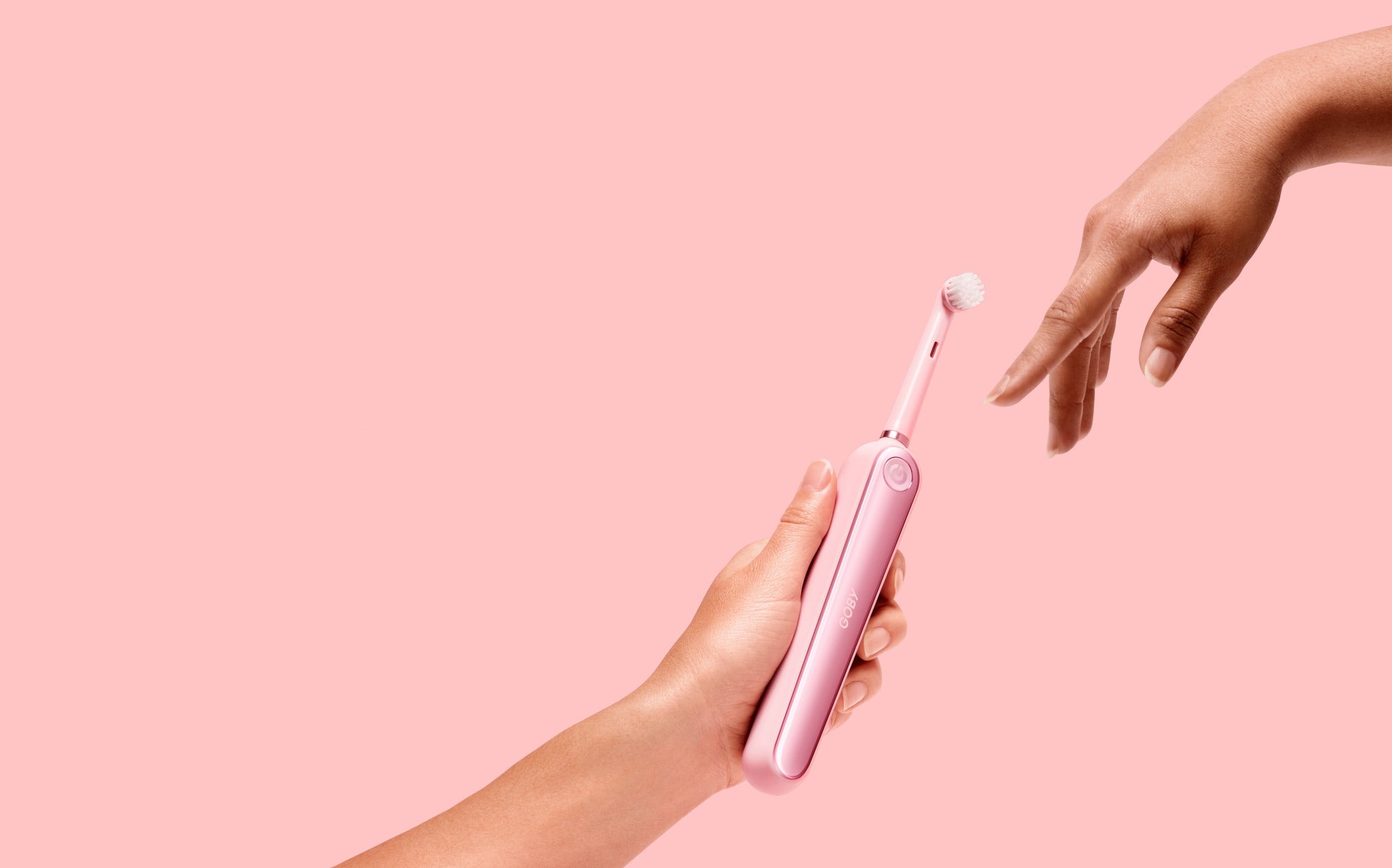

Bathroom Appliances
When Was The Electric Toothbrush Invented
Modified: March 24, 2024
Discover the history of the electric toothbrush and its invention. Learn about the evolution of bathroom appliances and their impact on oral hygiene.
(Many of the links in this article redirect to a specific reviewed product. Your purchase of these products through affiliate links helps to generate commission for Storables.com, at no extra cost. Learn more)
**
Introduction
**
Welcome to the fascinating world of oral hygiene! In this article, we embark on a journey through time to explore the invention and evolution of the electric toothbrush. Oral care is a crucial aspect of our daily routine, and the tools we use to maintain dental hygiene have a rich history that often goes unnoticed. Today, we delve into the origins of the electric toothbrush, uncovering the innovative minds and technological advancements that have shaped this essential bathroom appliance.
As we unravel the story behind the electric toothbrush, we will encounter pivotal moments in dental care history and gain insight into the evolution of oral hygiene practices. From the early forms of tooth-cleaning tools to the cutting-edge electric toothbrushes of today, the progression of dental care tools mirrors the advancement of technology and the ever-growing emphasis on maintaining oral health.
Join us as we delve into the intriguing tale of the electric toothbrush, from its humble beginnings to its modern-day prominence in bathrooms around the world. Let's explore the journey of this revolutionary invention and gain a deeper understanding of its impact on oral hygiene practices.
Key Takeaways:
- The electric toothbrush was invented in the mid-20th century, revolutionizing oral care with its advanced technology and personalized features, making it an essential tool for maintaining optimal dental health.
- Electric toothbrushes have evolved to offer superior cleaning performance, personalized features, and advanced capabilities, catering to diverse oral care needs and empowering users to embrace proactive and effective oral hygiene practices.
Read more: When Was The Toothbrush Invented
Early History of Toothbrushes
The history of toothbrushes dates back to ancient civilizations, where various tools were used to clean teeth and promote oral hygiene. Early tooth-cleaning implements were crafted from a diverse range of materials, including animal hair, twigs, and even porcupine quills. Ancient civilizations such as the Egyptians, Greeks, and Romans utilized these rudimentary tools to maintain dental health.
One notable example of an early tooth-cleaning tool is the chew stick, which was prevalent in many cultures. The chew stick, also known as a miswak or datun, was a slender twig with a frayed end that served as a natural toothbrush. It was widely used in regions such as the Middle East, Africa, and Asia, where it was revered for its dental-cleansing properties.
Over time, advancements in craftsmanship led to the creation of toothbrushes with handles made from bone, wood, or ivory, and bristles derived from animal hair. The Chinese are credited with developing some of the earliest versions of the modern toothbrush, using hog bristles attached to bamboo or bone handles. This innovative approach to dental care laid the groundwork for the toothbrushes we use today.
As societies progressed, so did the design and functionality of toothbrushes. By the 18th century, Europeans had adopted the use of toothbrushes, which were crafted with more refined materials such as horsehair and feathers. The mass production of toothbrushes began in the 19th century, marking a significant milestone in the accessibility of oral hygiene tools.
Throughout history, the evolution of toothbrushes has been intertwined with advancements in materials, manufacturing techniques, and dental knowledge. The early forms of tooth-cleaning devices paved the way for the revolutionary invention of the electric toothbrush, ushering in a new era of oral care technology.
Invention of the Electric Toothbrush
The electric toothbrush, a marvel of modern dental technology, has its roots in the mid-20th century. The concept of an electrically powered toothbrush was conceived to enhance the brushing experience and improve oral hygiene practices. The invention of the electric toothbrush marked a significant leap forward in dental care, offering a more efficient and effective means of maintaining oral health.
The first electric toothbrush prototype was developed in Switzerland in 1939 by Dr. Philippe-Guy Woog. This early iteration, known as the “Broxodent,” featured a motorized handle that enabled automatic brushing motions. However, due to the limitations of technology and the bulkiness of the initial design, the widespread adoption of electric toothbrushes did not occur until several decades later.
It was not until the 1960s that the electric toothbrush gained traction in the consumer market. In 1961, the Squibb Company introduced the “Squibb Power Toothbrush,” which utilized rechargeable batteries to power the brushing mechanism. This innovative product laid the groundwork for subsequent advancements in electric toothbrush technology, setting the stage for its widespread acceptance.
Throughout the 20th century, numerous companies and inventors contributed to the refinement and popularization of electric toothbrushes. The integration of rechargeable batteries, oscillating brush heads, and ergonomic designs transformed the electric toothbrush into a sought-after dental care essential. The convenience and effectiveness of electric toothbrushes garnered attention from consumers worldwide, leading to a surge in their usage and availability.
Advancements in electric toothbrush technology continued into the 21st century, with the introduction of features such as pressure sensors, timers, and various brushing modes tailored to individual needs. These enhancements further solidified the electric toothbrush’s status as a staple in oral care regimens, offering users a comprehensive and customizable brushing experience.
The invention and evolution of the electric toothbrush have revolutionized dental hygiene, providing individuals with a powerful tool for maintaining optimal oral health. As we continue to explore the impact of electric toothbrushes, we uncover the ongoing innovations and advancements that have propelled this essential bathroom appliance to the forefront of oral care.
The electric toothbrush was invented in 1954 by Dr. Philippe-Guy Woog in Switzerland. It was initially called the Broxodent and was the first electric toothbrush available to the public.
Evolution and Popularity of Electric Toothbrushes
The evolution of electric toothbrushes has been marked by continuous innovation and an unwavering commitment to enhancing the brushing experience. Over the years, electric toothbrushes have undergone significant advancements, incorporating cutting-edge technology to address various oral care needs and preferences. This ongoing evolution has contributed to the widespread popularity of electric toothbrushes among consumers seeking superior dental hygiene solutions.
One of the key drivers behind the popularity of electric toothbrushes is their effectiveness in plaque removal and gum care. The oscillating or sonic movements of electric brush heads have been shown to provide thorough and efficient cleaning, surpassing the capabilities of manual toothbrushes. This heightened cleaning performance has resonated with individuals seeking a more comprehensive approach to oral hygiene.
Furthermore, the convenience and ease of use offered by electric toothbrushes have played a pivotal role in their widespread adoption. Features such as built-in timers, pressure sensors, and multiple brushing modes cater to diverse user preferences, making the brushing process more intuitive and personalized. The seamless integration of technology into electric toothbrushes has transformed them into user-friendly devices that promote consistent and effective brushing habits.
The growing emphasis on oral health and wellness has also contributed to the increasing popularity of electric toothbrushes. As individuals become more proactive about their dental care, they are seeking advanced tools that align with their oral hygiene goals. Electric toothbrushes, with their advanced features and proven efficacy, have emerged as indispensable companions in daily oral care routines.
Moreover, the accessibility of a wide range of electric toothbrush models, catering to various budgets and preferences, has made them a ubiquitous presence in bathrooms worldwide. Whether equipped with advanced smart capabilities or designed for straightforward functionality, electric toothbrushes offer options that accommodate diverse consumer needs, further fueling their popularity.
As electric toothbrushes continue to evolve, the integration of smart technology and connectivity features has ushered in a new era of oral care innovation. Bluetooth connectivity, companion mobile applications, and real-time feedback mechanisms have elevated the brushing experience, empowering users to monitor and enhance their oral care practices with unprecedented insight.
With each advancement and enhancement, electric toothbrushes solidify their status as indispensable tools for achieving optimal oral health. The evolution and popularity of electric toothbrushes underscore their enduring impact on the way we approach dental hygiene, promising a future where innovation and efficacy converge to elevate oral care to new heights.
Conclusion
The journey through the history of the electric toothbrush has unveiled a captivating narrative of innovation, progress, and the relentless pursuit of superior oral care. From the rudimentary tooth-cleaning tools of ancient civilizations to the sophisticated electric toothbrushes of today, the evolution of dental hygiene implements reflects the enduring commitment to promoting healthy smiles and vibrant oral health.
The invention of the electric toothbrush stands as a testament to human ingenuity and the desire to enhance everyday experiences. With its origins rooted in the mid-20th century, the electric toothbrush has evolved from a novel concept to an indispensable tool in oral care regimens worldwide. The continual refinement of electric toothbrush technology has elevated the brushing experience, offering users unparalleled cleaning performance, personalized features, and advanced capabilities that cater to diverse oral care needs.
As electric toothbrushes have surged in popularity, they have become emblematic of the intersection between technology and wellness. The seamless integration of cutting-edge features, such as pressure sensors, timers, and smart connectivity, has redefined the way individuals approach dental hygiene, empowering them to embrace proactive and effective oral care practices.
The enduring appeal of electric toothbrushes lies in their ability to deliver not only superior cleaning efficacy but also a sense of empowerment and engagement in maintaining oral health. The accessibility of a diverse array of electric toothbrush models, coupled with their proven benefits in plaque removal and gum care, has cemented their status as indispensable companions in daily oral care rituals.
Looking ahead, the future of electric toothbrushes holds promise for further advancements in technology, connectivity, and personalized oral care solutions. As the pursuit of optimal oral health continues to resonate with individuals worldwide, electric toothbrushes are poised to play an increasingly pivotal role in promoting comprehensive dental hygiene and wellness.
In closing, the electric toothbrush stands as a testament to the enduring quest for innovation and excellence in oral care. Its evolution from a groundbreaking invention to a ubiquitous presence in bathrooms globally exemplifies the unwavering commitment to fostering healthy smiles and vibrant oral health for generations to come.
Frequently Asked Questions about When Was The Electric Toothbrush Invented
Was this page helpful?
At Storables.com, we guarantee accurate and reliable information. Our content, validated by Expert Board Contributors, is crafted following stringent Editorial Policies. We're committed to providing you with well-researched, expert-backed insights for all your informational needs.
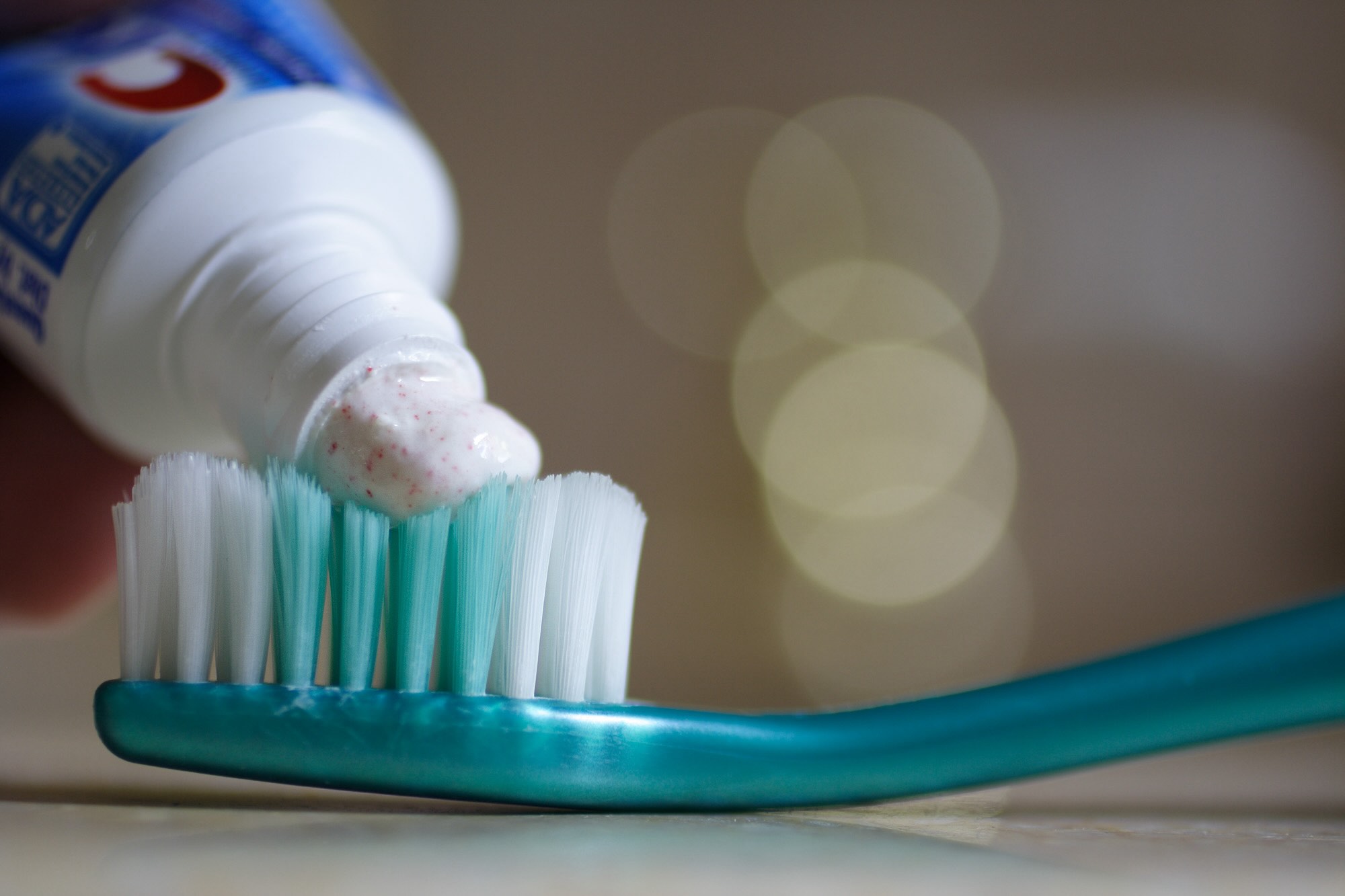
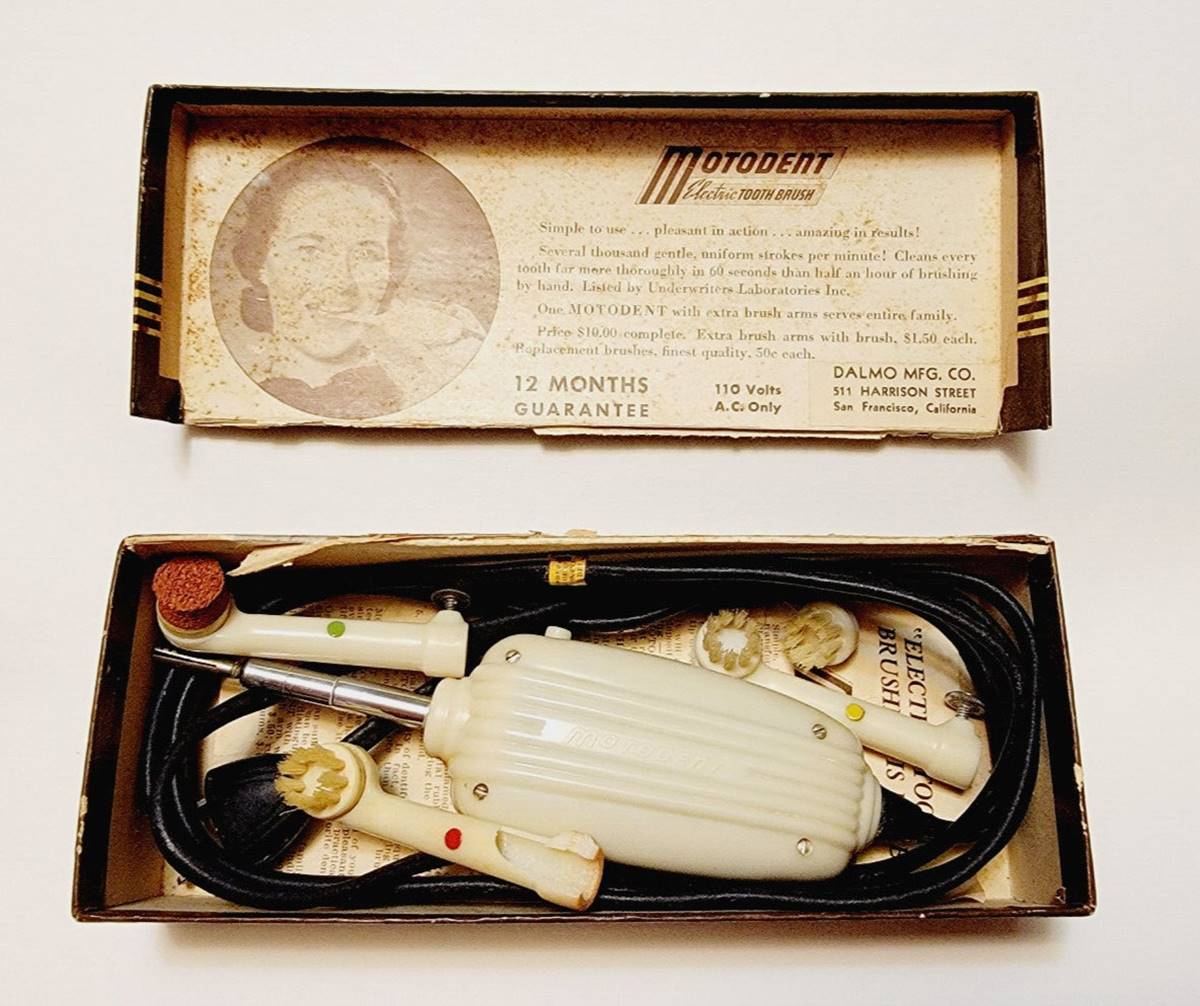
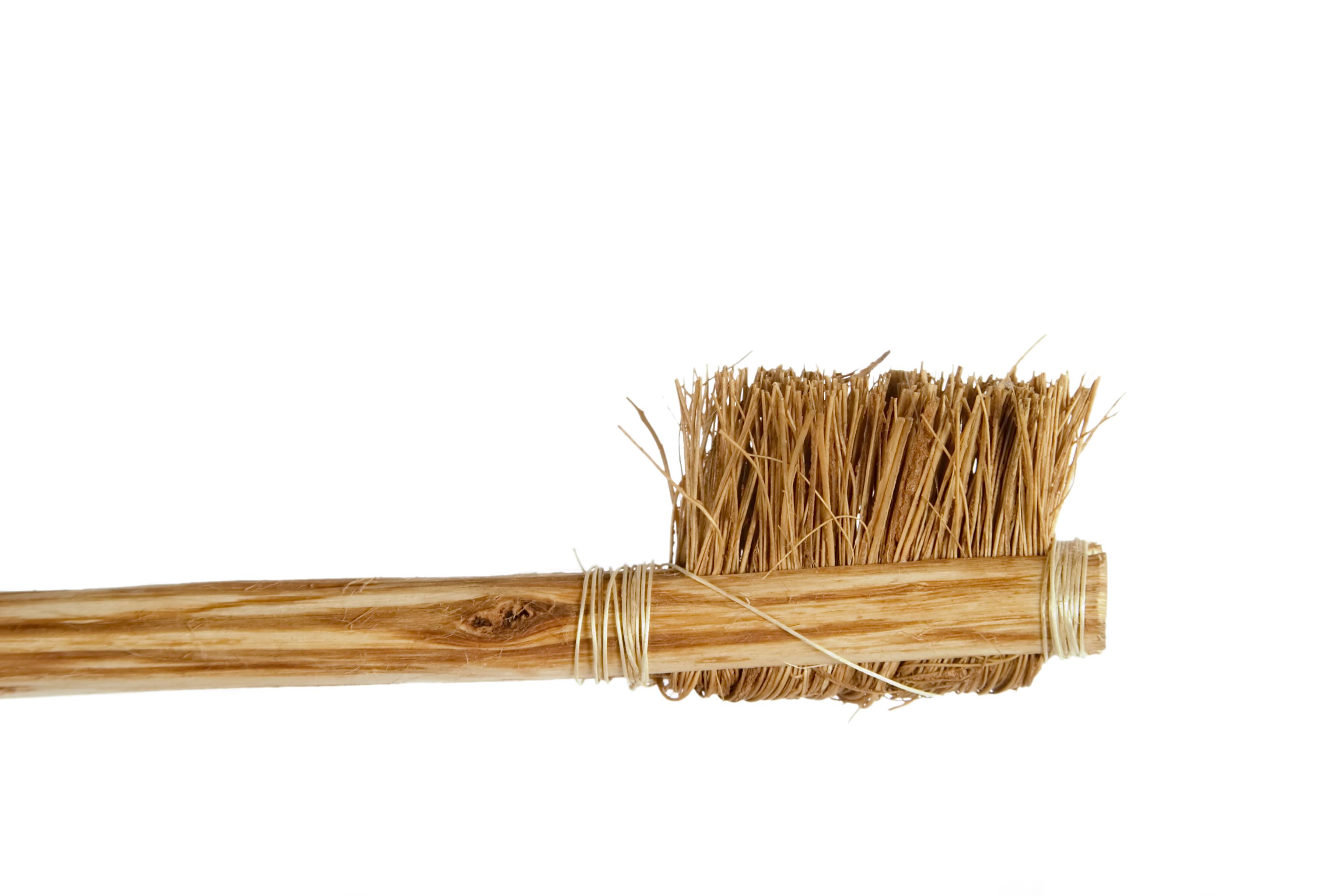
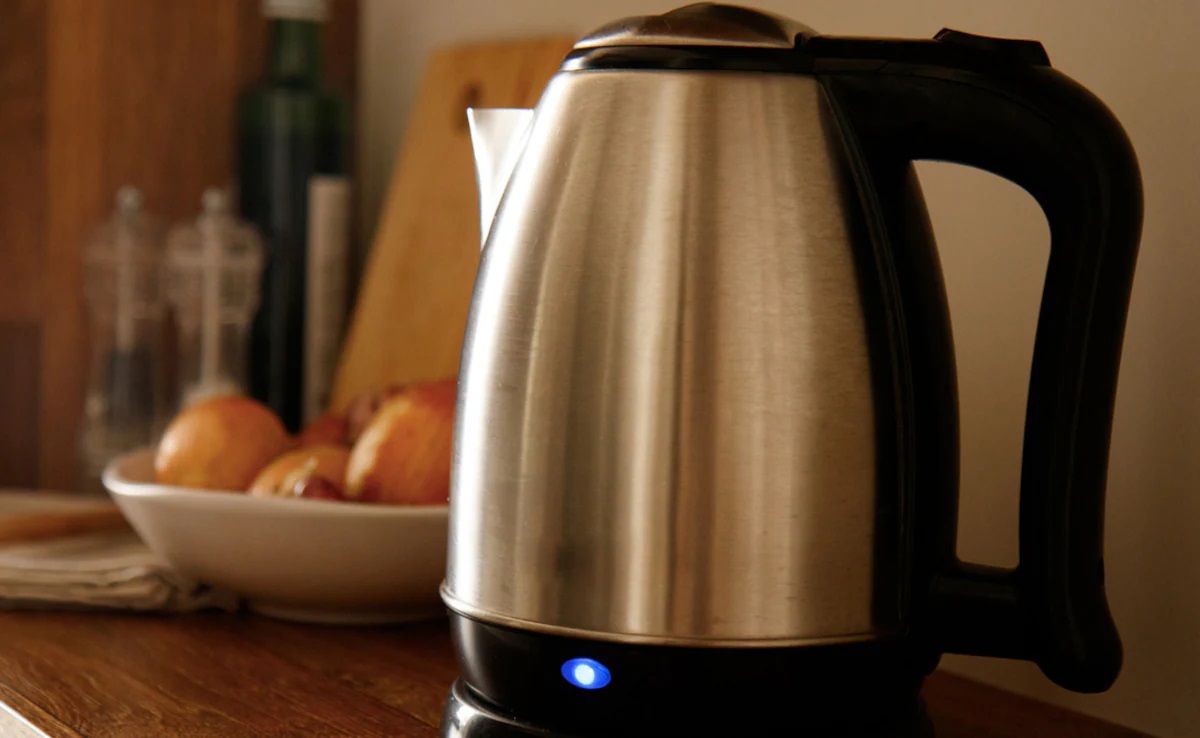
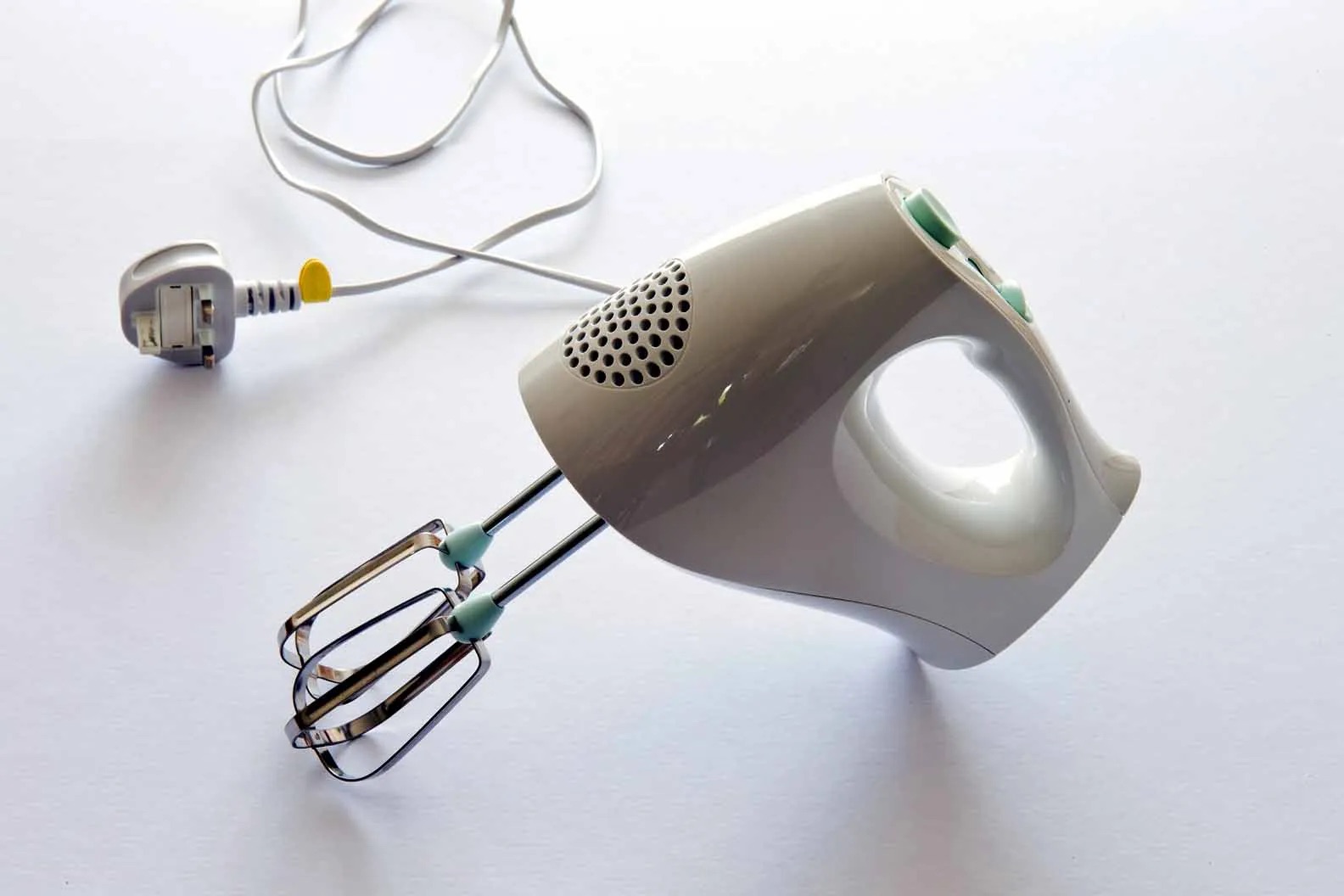
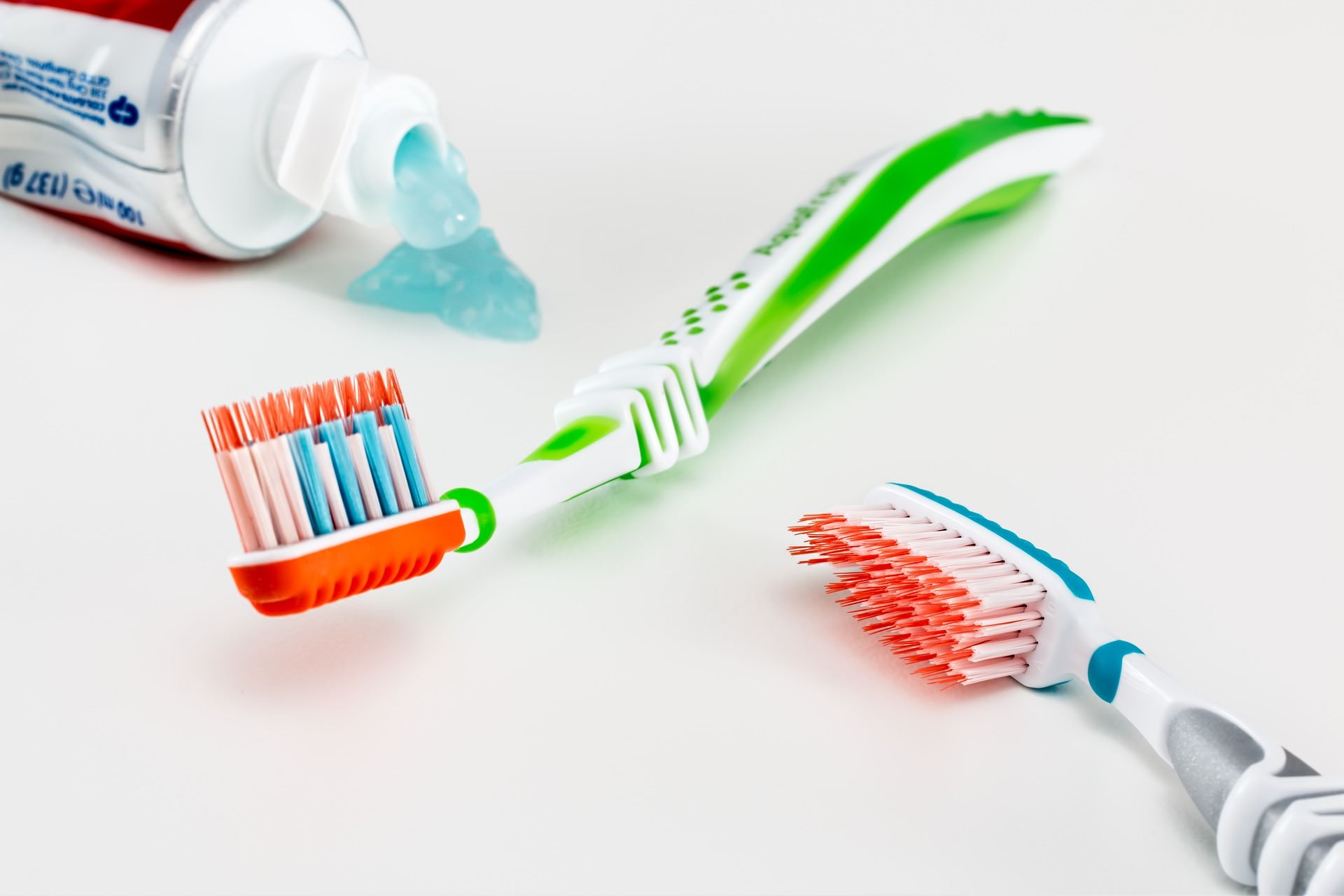

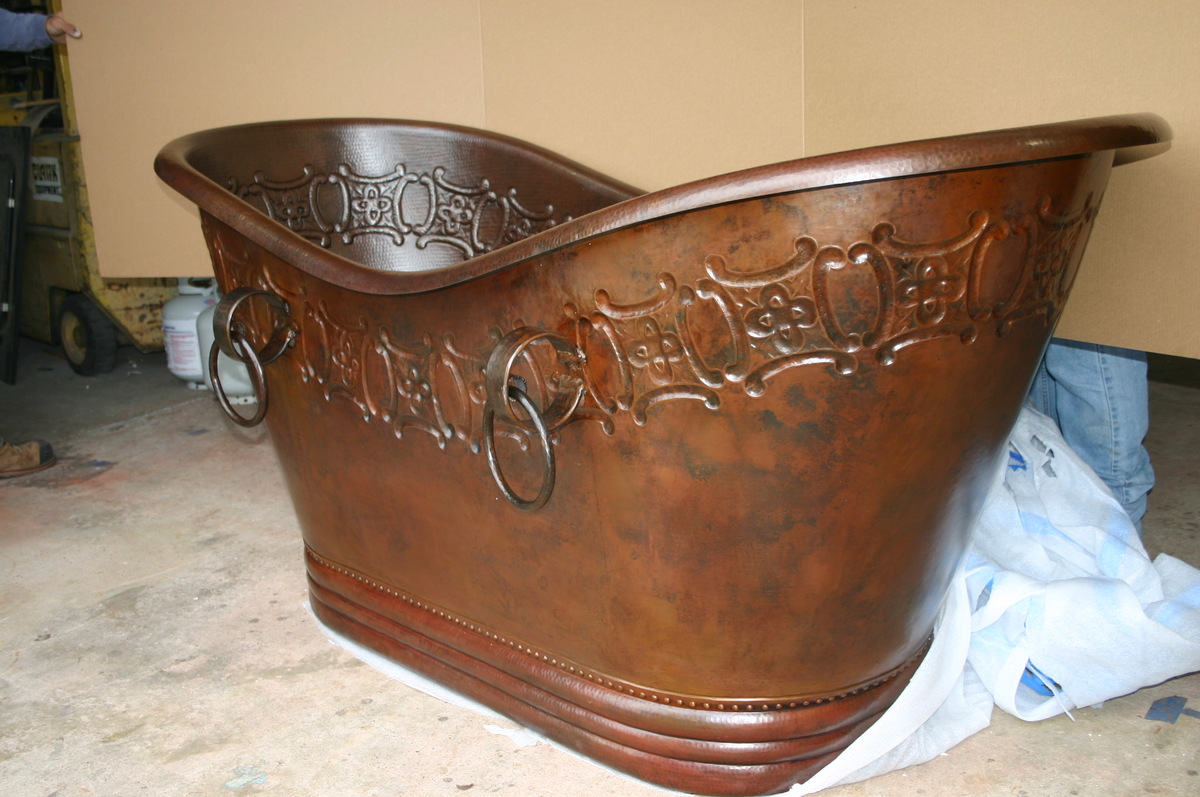
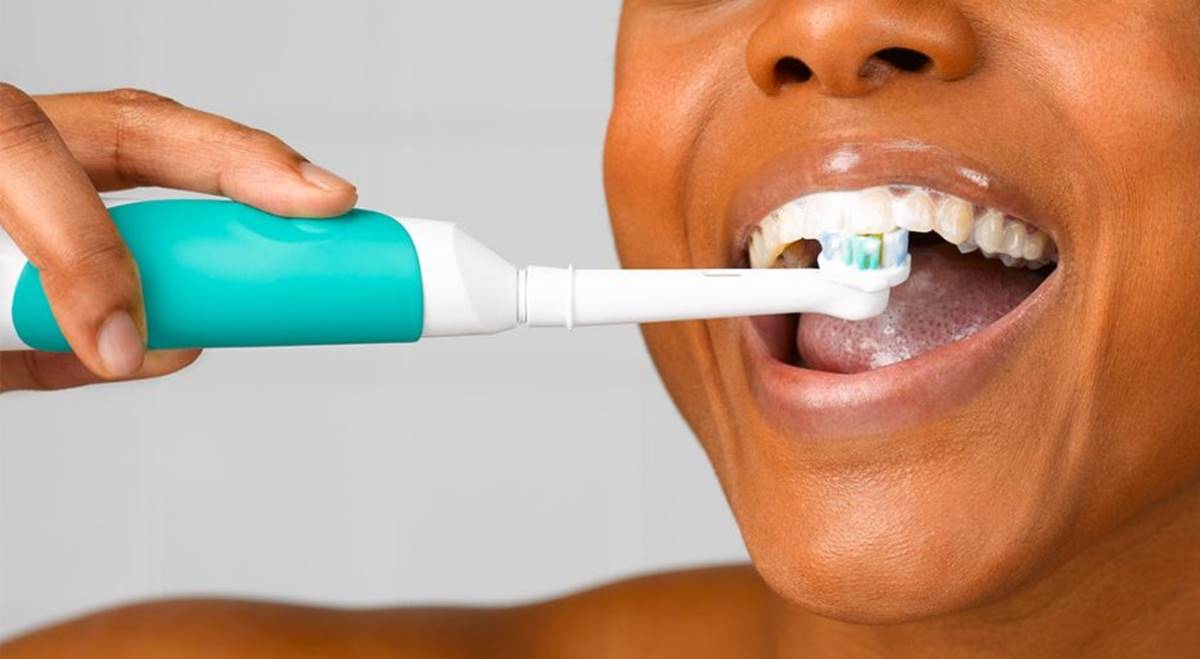
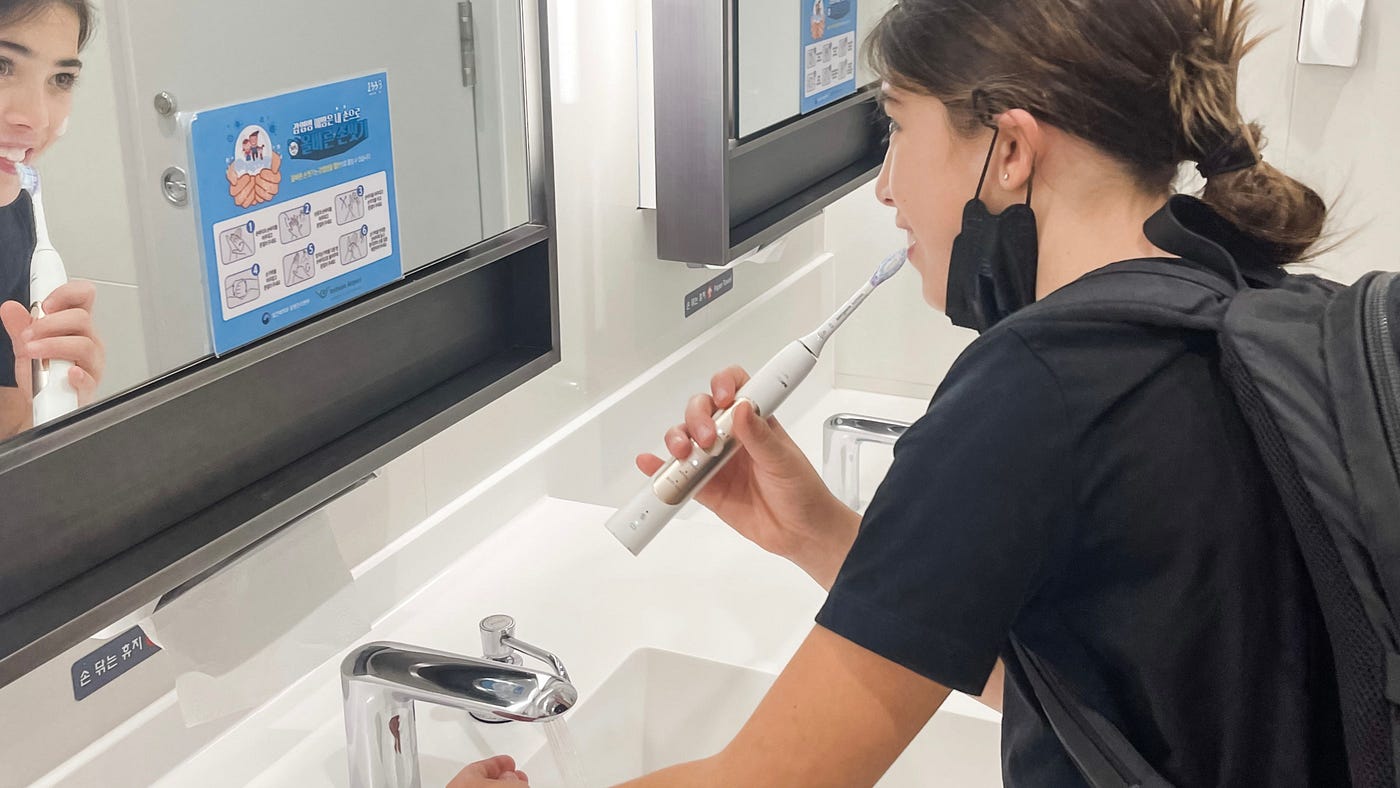
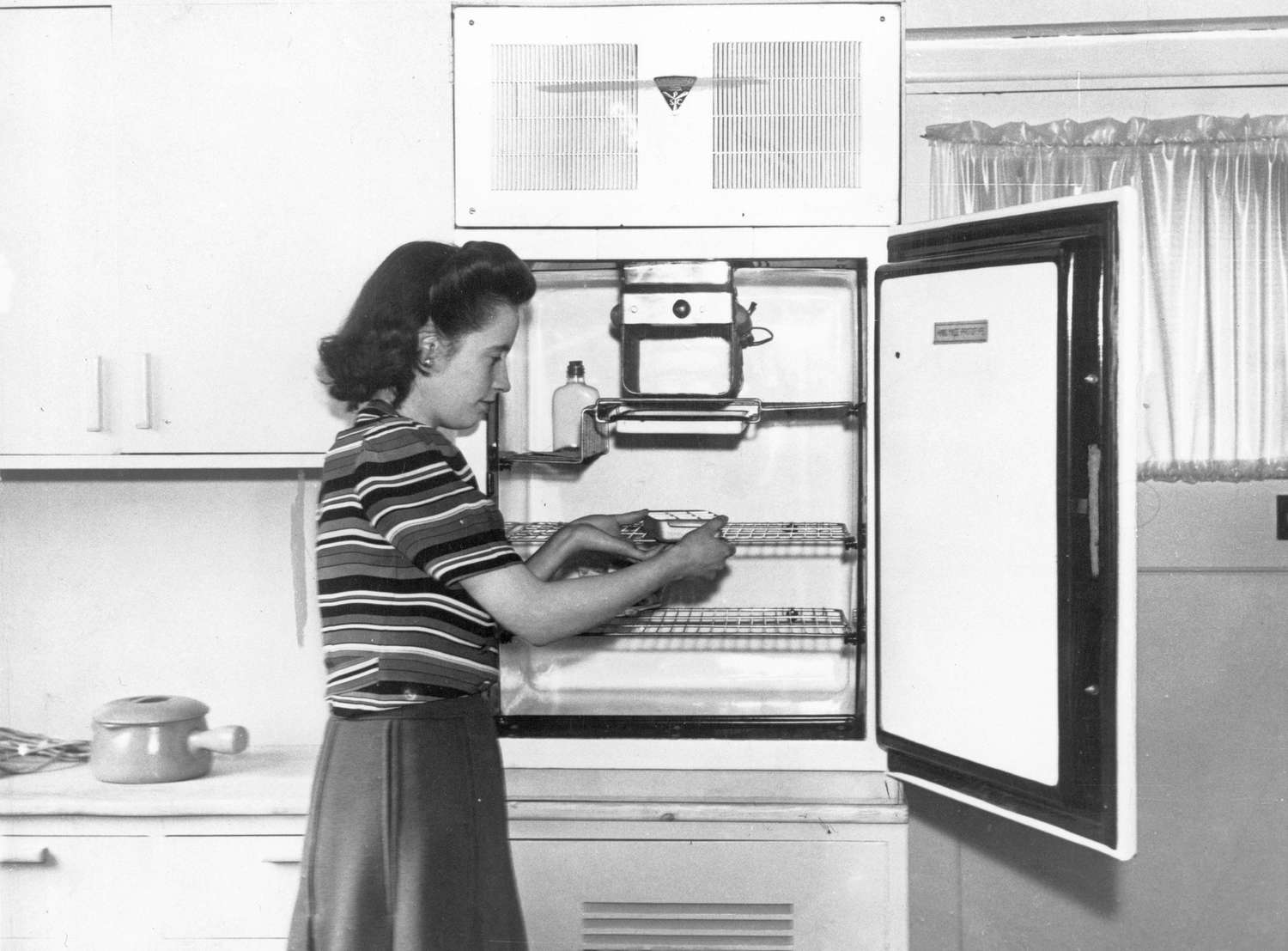



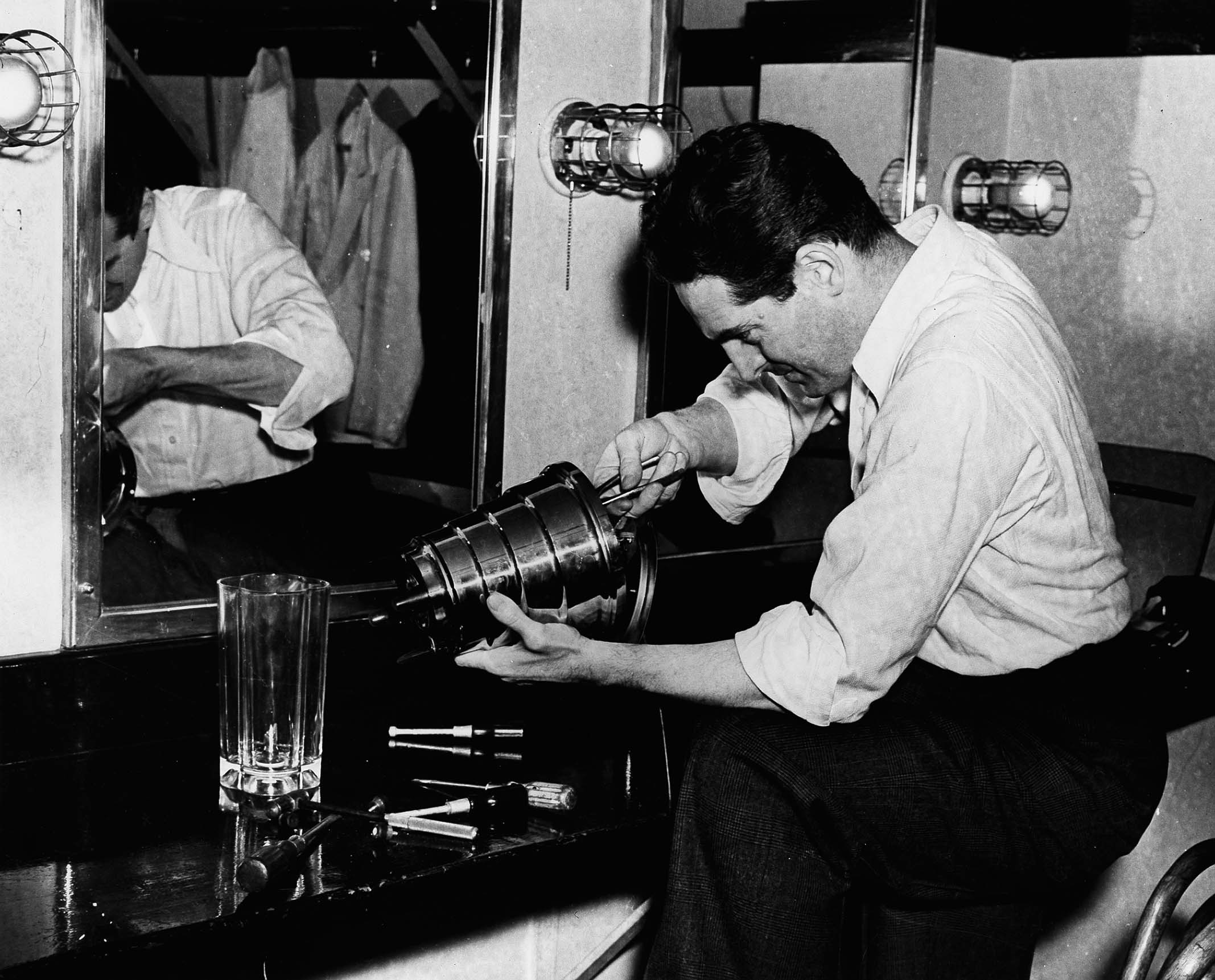

0 thoughts on “When Was The Electric Toothbrush Invented”